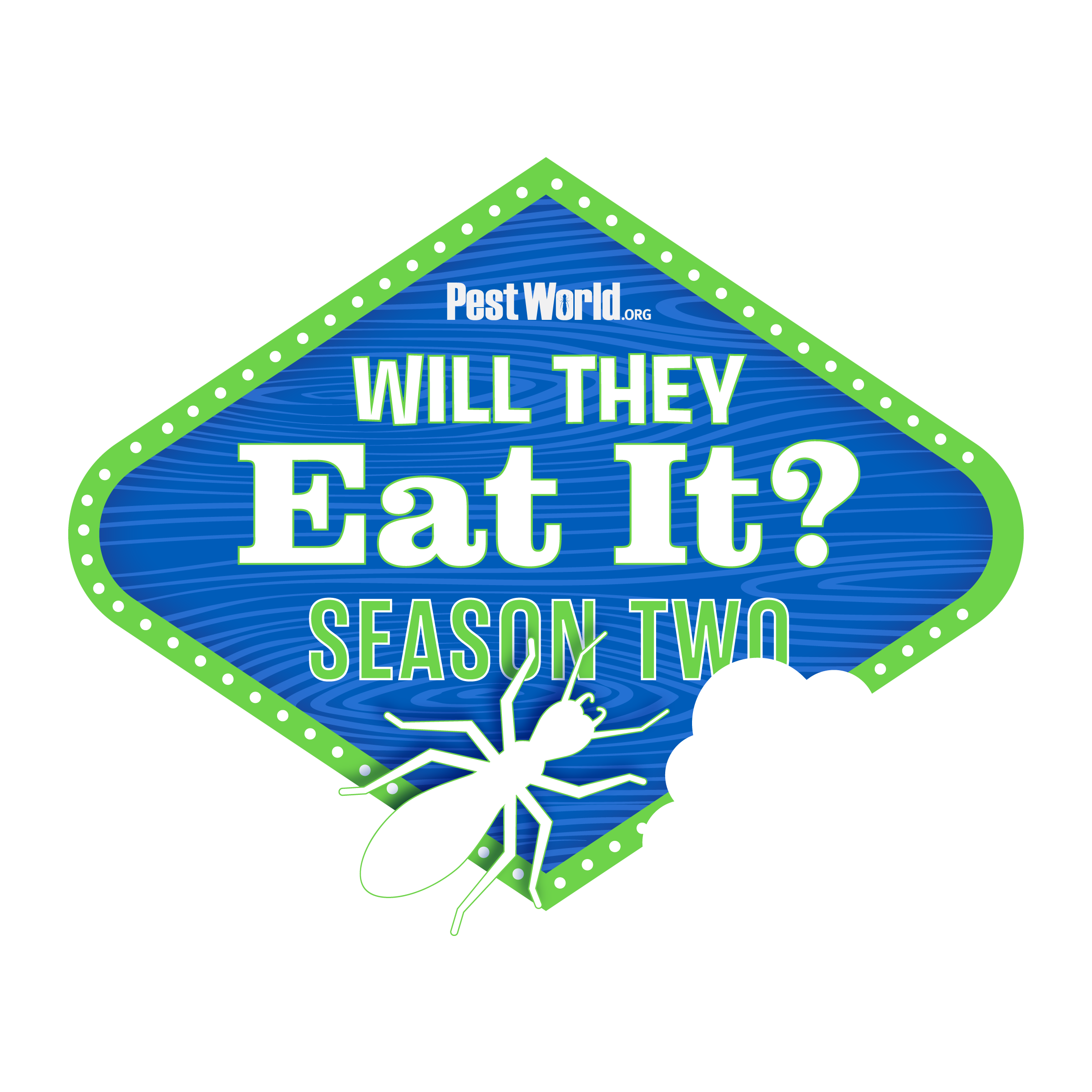Termites cause more than $6.8 billion in property damage in the U.S. each year due to their voracious wood-based diets. You might wonder, why do termites even eat wood in the first place? Wood contains cellulose, a common organic compound found in nature. Termites are able to break down the cellulose fibers found in wood and derive much needed nutrients. They are one of the few creatures that relies on wood as a primary food source.
More than 3,000 different species of termites have been discovered worldwide to date, but there are four in particular that most commonly infest U.S. households. While the habits and characteristics of each may vary, they all pose serious problems for homeowners and require proper attention.
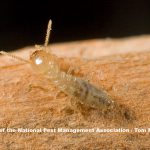
Native Subterranean
The native subterranean termites cause the most damage out of any species because they are the most common, eating wood 24 hours a day, seven days a week. The most common native species is the eastern subterranean termite. These termites use saw-toothed jaws to bite off small fragments of wood, one piece at a time. Subterranean termites threaten property across the country, as they’re found in nearly every state in the U.S.
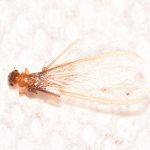
Formosan
While subterranean termites damage more structures, the Formosan termite is the most aggressive, as they are able to quickly reproduce and wreak havoc on a structure in large numbers. They live in massive underground colonies with an average of 350,000 workers. In a single day, Formosan termite queens can produce more than 1,000 eggs, rapidly growing a colony. This species is mostly found in the south, in states like California, Georgia, Texas, Mississippi, Alabama, Florida and Louisiana.

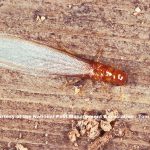
Drywood
Drywood termites typically inhabit dry, undecayed wood, not needing contact with soil like subterranean termites. Although less aggressive than other species, they can be transported to new locations via an infested piece of furniture or a picture frame. Drywood termites are typically found in coastal areas, from South Carolina to California.
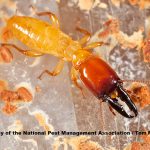
Dampwood
As their name would suggest, dampwood termites typically infest wood with a high moisture content, such as logs or dead trees, and are also attracted to water-damaged household areas. Dampwood termites hide inside wooden support beams and cover their entry holes with their own feces. This species is found along the Pacific coast, as well as various areas in southern Florida and the southwest, often in areas where wood is in contact with soil.
Termites, no matter the species, are destructive pests that cannot be eradicated with do-it-yourself measures. Schedule annual professional termite inspections for your home and be sure to contact a licensed pest control professional if you suspect or discover a termite infestation on your property.
